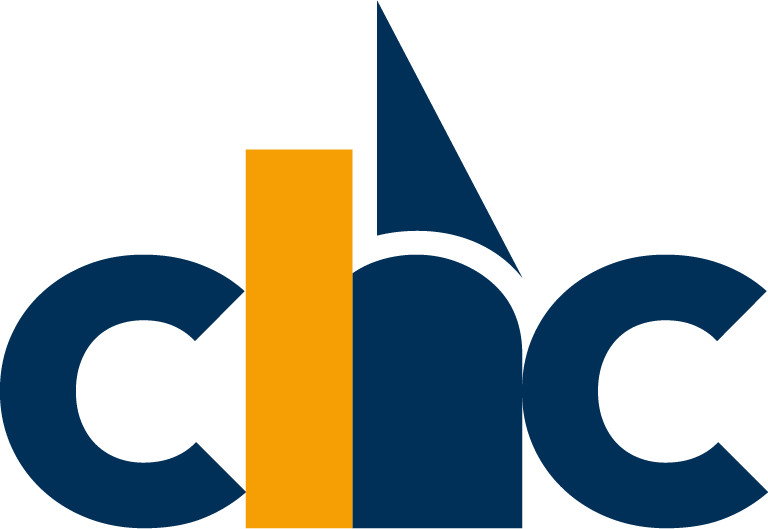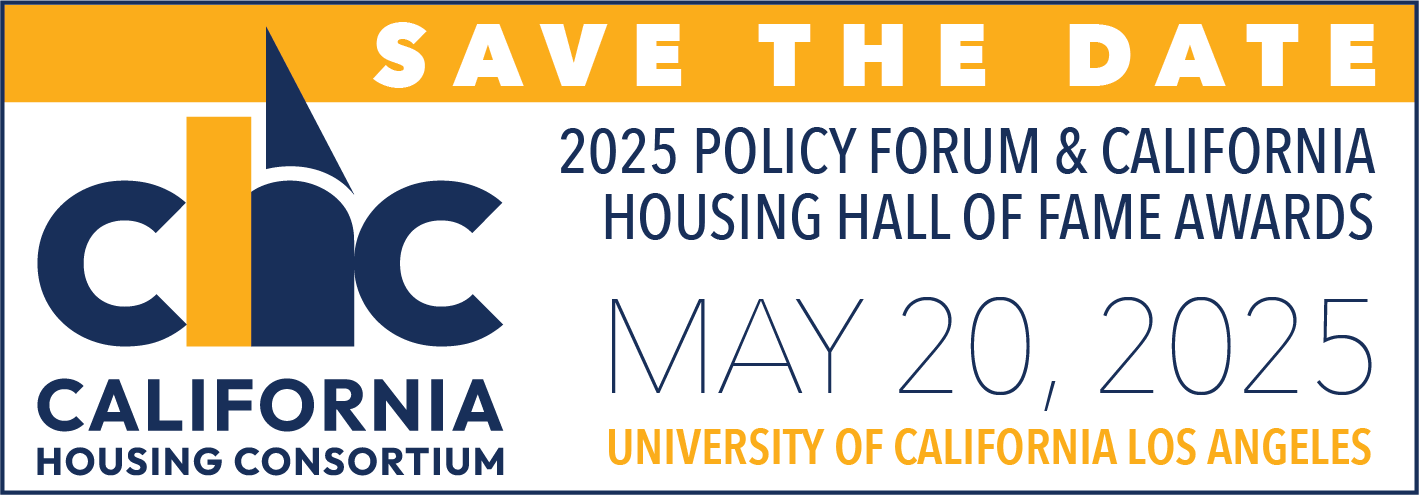Allow me to begin this update with a note of congratulations to CHC Boardmember, Carol Galante, on being inducted into the Affordable Housing Finance’s Hall of Fame. Carol has dedicated her career to the advancement of affordable housing and this honor is both well-deserved and overdue. I look forward to being in Chicago at AHF Live to witness Carol’s induction.
In the meantime, our focus is on the recently released GAO report on LIHTC Development Costs. As I mentioned CHC’s Annual Policy Forum in May, this is the report the industry has been wary of so it goes without saying that after reading the report, we all breathed a sigh of relief. In short, the report found the program working efficiently and the state agencies doing a good job of managing the program including comprehensive and consistent efforts to ensure reasonable development costs.
The GAO did make four recommendations: standardization of development cost data collection between housing finance agencies, a central federal repository of such information, more thorough cost certification requirements, and collection of additional information on syndication fees. While we acknowledge that more data might be beneficial in analyzing the program, these recommendations would do nothing to assist in providing more housing. What is needed, and what the industry has been focused on with our advocates on Capitol Hill, is securing more resources and in this endeavor we continue to make progress.
Regarding our primary LIHTC legislation, S. 548 and H.R. 1661, The Affordable Housing Credit Improvement Act, we are working with Senator Cantwell on including all or parts of the bill (yes, the 4% fix) in post-election tax legislation that may come before the House and Senate. There is a lot of maneuvering going on and the election results will play a large role in what is/is not addressed in the lame duck session. As you know I am a glass half full person and we have pulled rabbits out of hats in the past so keep up the advocacy, vote pro-housing, and stay tuned.
And then there is the Tax Reform 2.0 legislation that came out of the House Ways and Means Committee. This proposal would make permanent some of the individual tax cuts passed in the Tax Reform and Jobs Act of 2017, while also making changes to retirement security programs. And I am sure you are delighted that it also makes permanent the $10,000 cap on State and Local Taxes (SALT). The bill is estimated to cost around $627 billion but that is a misnomer as that estimate only takes into account the three years after the cuts are currently set to expire. The actual cost is anywhere from $2.8 trillion to $3.3 trillion for the budget window 2026 – 2039.
That said, the House has yet to set a date to vote on 2.0 although they indicated they would like to bring it up to a vote soon to maximize its political impact for the mid-term election. What that impact will be is up to debate as both sides see the vote as advantageous to their prospects. As for enactment, there is no scheduled action on the legislation in the House and Finance Chairman Hatch has indicate that while the retirement security provisions could see bi-partisan support, it is doubtful the package as draftedcould pass the Finance Committee, let alone the Senate.
There are no provisions affecting affordable housing in the package, including anything targeting private activity bonds (PABs). We remain diligent in defending bonds, especially considering 2017 was a record year for bond issuance for multi-family and single-family housing. According to the Council of Development Finance Agencies (CDFA), 84.4 % of all PABs issued were housing bonds, totaling $21 billion (Novogradac & Company).
So despite all the noise out there we continue to plug away on our affordable housing agenda. We are keeping track of your efforts in CA on Propositions 1, 2 and 10 as well. Keep the faith, plow ahead and advocate.

